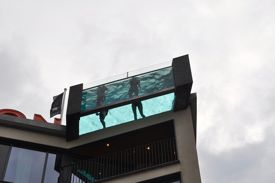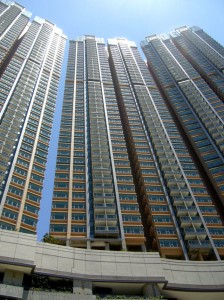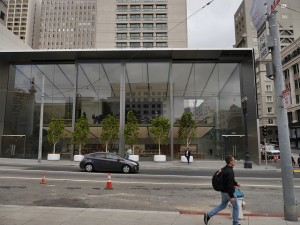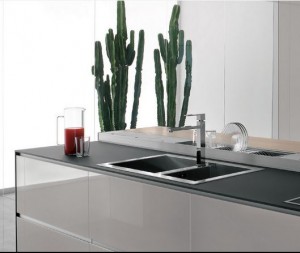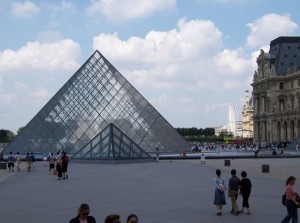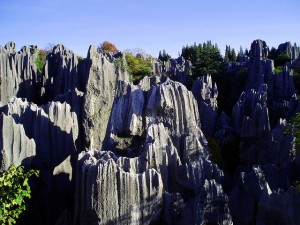Glass bottom pool a first for Dallas
A Dallas high rise under construction will join a growing list of structures that feature a glass bottom swimming pool. The One Uptown development is a mixed-use structure that will include nearly 200 apartment residences, nearly 20,000 square feet of restaurant space and a 480-car underground parking structure. The design also calls for a glass bottom swimming pool integrated into a two-story restaurant. The pool will sit directly over the building’s main entrance.
Glass bottom pool differ from hanging pools
One Uptown will offer Dallas’ first glass bottom pool, a feature that’s notably different from the Joule Dallas hotel’s “hanging pool,” which dangles 8 feet beyond the building’s edge, and 10 floors above the street. That pool has a Plexiglas™ side and bottom, only for the portion of the pool that extends past the building. Several other hotels around the world, including The Hilton Hotel Auckland, The Intercontinental Festival City Hotel in Dubai, the Holiday Inn Shanghai and the Adelphi Hotel in Melbourne also feature cantilevered pools.
A new “sky pool” is under construction in central London, and will be a fully transparent pool that is suspended 115 feet above ground. The Sky Pool will join two adjacent residential buildings, and is made of 20-cm thick Plexiglas™. It is expected to open in 2018.
The addition of glass bottom pools is supposed to provide swimmers with a new view on their cities, and their cities with a new view on them. The designer of the Sky Pool in London stated that he wanted to create the impression of floating through the air in central London, and that the design would attempt something that’s never been done before.
Glass bottom pools and hanging pools represent one creative use of glass that consumers can expect to see more frequently in commercial buildings. If you would like more information about decorating with glass, please check out the rest of our site. If you’d like to purchase Glassprimer™ glass paint, please visit our online store .
Photo Credit: Kullez, via Flickr.com

